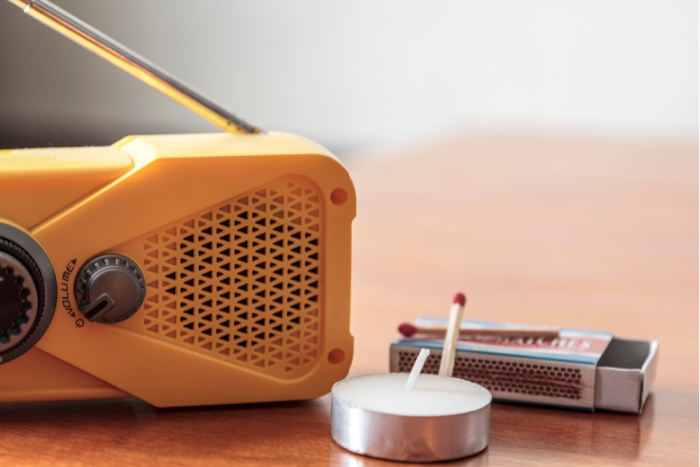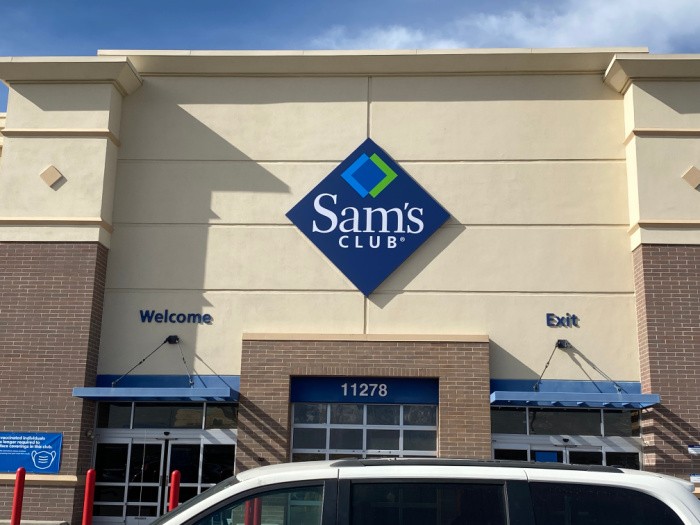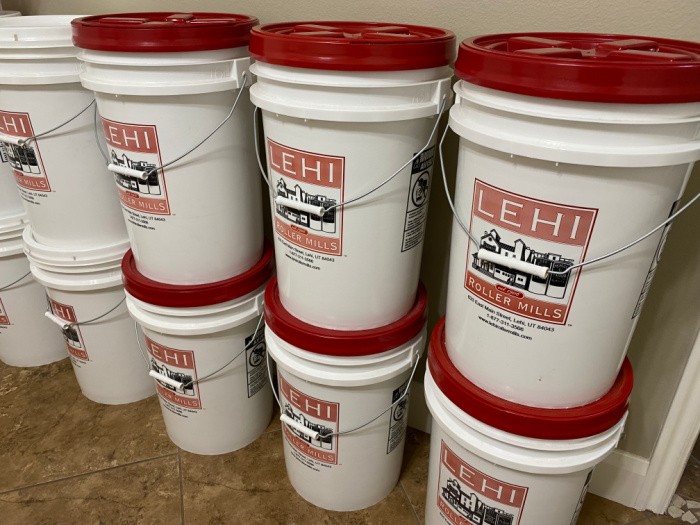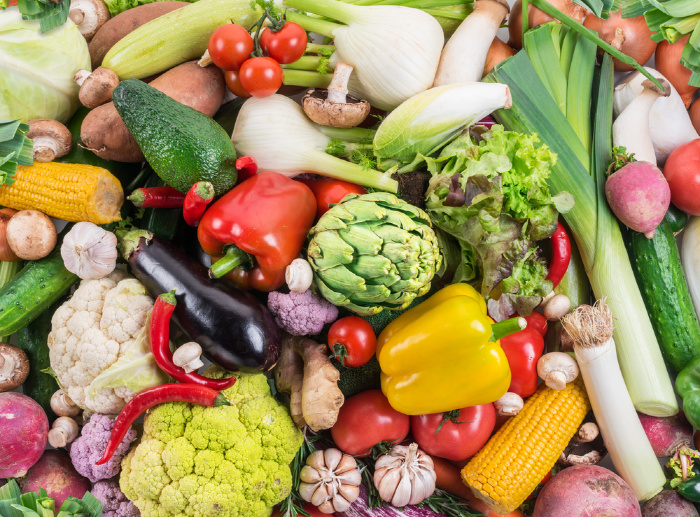What is Core Gardening?
For those of my readers who love to garden but haven’t had much success due to the dry region they live in, I have good news for you! Have you ever heard of core gardening? If you haven’t, it’s a gardening technique that’s been around for quite some time now, but it’s becoming increasingly more and more popular lately. Especially in hotter parts of the country that receives very little rainfall.
But even if where you live isn’t considered a hot or dry region, maybe you still feel that you’re having to water more often than you like? Again, core gardening will keep you from having to water nearly as often, in turn, this will help you cut down on your water bill. Here’s more on what core gardening is and why it may be right for you.
What is Core Gardening?
This gardening method first originated in the Middle East many years ago. As you probably already know, that region is notorious for not receiving very much rainfall. So in order for them to still have successful crops, they had to build their gardens in ditches. These ditches would have straw buried beneath them that would work a lot like a sponge. Plants could then use this moisture that had been absorbed by the straw (core) as they needed water throughout the growing season. This keeps gardeners from having to water so often.

What are the Benefits of Going with Core Gardening?
Not every gardening technique is right for everyone, but I’d still like to share with you the benefits of why gardeners decide on going with core gardening. As it turns out, there are several benefits that you may like to know.
No Waiting
If you’ve already done your research, then you know that several of the other gardening methods out there require a waiting period (conditioning) before you can begin planting for the upcoming season. That’s not the case with core gardening. As long as you’ve laid all your core, you’re good to get started. And that’s honestly a good thing if you are antsy about getting your garden off to a quick start.
Retains Moisture Longer
Are you the type of person who likes to travel at some point during the summer, but feels as though you’re unable to because your garden needs to be watered? If so, then you’ll be happy to know that by using the core garden method, you won’t have to worry about returning to a shriveled-up crop. In fact, there’s really no reason that it shouldn’t still be flourishing when you get back. Once your garden has been charged, it can generally go more than a week at a time without you having to water it.
Helps Create Better Soil
Core gardening not only helps retain moisture for a longer period of time, but it also helps make better soil too. That’s because it loosens up the soil so that your plants have better drainage. That way their roots can spread out and grow deep to where the moisture is. This also helps keep them from being overwatered as well.
Simple and Cheap
This gardening approach is both simple and cheap to do, and an ideal choice for gardeners who don’t have a lot of time to tend to their garden each day. All you have to do is dig a ditch and fill it with material, cover the core with good soil, water the materials, and then get planting. It’s a budget-friendly type of gardening that doesn’t require you to purchase expensive materials.
As a matter of fact, you might not have to pay anything to get your hands on your core material. Some gardeners simply use leaves or grass clippings that they’ve gathered to soak up moisture. But if you prefer to go with straw, you still won’t have to pay that much money to get your hands on some. If you wait until the fall, you may be able to find it for free after it’s been used for things like Halloween and Thanksgiving decorations and people are trying to get rid of it. That way you’d be ready to go the following spring with the necessary materials.
How to Get Started with a Core Garden
Building a core garden is relatively easy, but there are a few things that you need to remember if you want this method to work as it was intended. Here’s how to get you started with your first core garden:
Build a Raised Garden Bed
To construct a raised garden bed, you simply need to come up with a prefered rectangle or square design using wood or other building materials that you may have. You don’t necessarily have to build a raised garden bed to enjoy core gardening, but it does make it a lot easier.
Add Some Soil
Now it’s time to add a few inches of soil to your raised garden beds. But if your garden beds are not deep, you may just want to skip over this step. For those of you with deeper beds, fill them about 1/4 of the way up before getting started with your core.
Dig a Trench
Now it’s time to dig a trench down the middle of your garden. Do this in a horizontal direction and dig about 8 to 10 inches deep. Keep in mind that your trench will spread moisture about 2 feet in both directions. So if your garden is bigger, you will need to add a second core so that your garden is receiving enough water. You also don’t want your core resting too high up into your beds, because this will cause the roots to get tangled in the core, so make sure you go deep enough.
Layer it with Core
Once you have your trench, go ahead and lay your core to where it’s about 4 to 5 inches thick, but you don’t want to add any more than that. This can cause a couple of issues for your soil the following growing season. You can use organic material such as grass clippings, dried leaves, or straw for your core.
Cover the Core with Soil
Now that you have your core layered in the trench, it’s time to cover it completely with high-quality soil. It’s up to you whether you use manure, compost, or potting soil. Once you’ve put soil on top of your core, you can now begin planting in that new soil layer. Having quality soil and the right core materials will make for a successful garden using this method. The following year you may want to add more core materials and additional soil since the garden beds tend to settle. If you make more than one growing bed, you could try different approaches the first few years to see which ones do the best with different amounts of core materials and soil.
Charge the Core
Charging your core is the most important step when it comes to core gardening. If you don’t get the core saturated, the method will not work. You can do this step after you’ve planted, but keep in mind that you aren’t so much focused on watering your plants, but rather making sure that your core is fully-soaked. This means that you will need to water the soil deeply.
When To Water Your Plants by Our Stoney Acres
Final Word
There you have it, folks! A gardening method that keeps your garden thriving, even during the hottest parts of summer. Do you plan on using this gardening style in the future? Or if you already have some experience with it, do you have any other tips for those thinking about core gardening? Feel free to leave a comment down below. May God Bless this world, Linda.
Please Check Out What To Plant Each Month:
- What To Plant In January
- What To Plant In February
- What To Plant In March
- What To Plant In April
- What To Plant In May
- What To Plant In June
- What To Plant In July
- What To Plant In August
- What To Plant In September
- What To Plant In October
Copyright Images: Straw Bale Garden AdobeStock_204801004 by debra





















